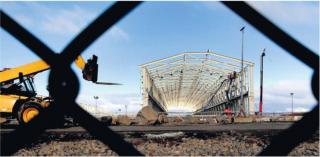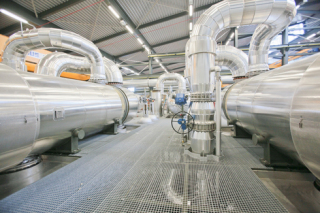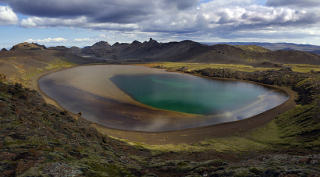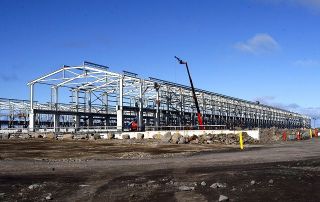Nov 16 2011
Aluminium Smelter in Helguvík: Mere Myth of the Past?
Plans to operate a 250-360 thousand ton aluminium smelter in Helguvík, which has in fact been under construction since 2008, seem ever more likely to be nothing but an inoperable myth of the past, according to environmentalists as well as high ranking officials within the energy sector. Aluminium producer Norðurál (alias Century Aluminum, which already operates one smelter in Iceland), has not only been unable to guarantee the necessary minimum 435 MW of energy but is also stuck in an arbitration conflict with its planned energy supplier HS Orka (owned by Alterra Power, former Magma Energy), concerning energy price. Additionally, environmentalists’ warnings – that the geothermal energy planned to run the smelter can simply not be found – have gained strength and lead to the inevitable question if the damming of river Þjórsá has been planned for Helguvík.
During a recent meeting of chairmen from all the member unions of the Icelandic Confederation of Labour (ASÍ), Hörður Arnarson, the director of the national energy company, Landsvirkjun, said that due to the current situation on international markets it would be enormously difficult for Norðurál to finance the 250 billion ISK smelter project. According to Vilhjálmur Birgisson, who attended the meeting, chairman of the Labor Union of Akranes (near to Grundartangi, where Century’s currently operating smelter is located), Hörður spoke of the Helguvík project’s likelihood as very negligible. Another representative at the meeting, Kristján Gunnarsson, chairman of the Labour and Fishermen Union of Keflavík, stated that when asked about the possibility of Landsvirkjun selling energy to Norðurál, Hörður answered saying that no energy is really available for the project.
While it certainly is true that Landsvirkjun has, especially in the nearest past, had problems with financing, due to the international financial crisis as well as the Icelandic economy’s instability, the latter point – that no energy is actually available for Helguvík – is of more importance here. Environmentalists have, from the beginning of the Helguvík project, stated that the plans to harness energy for the smelter in geothermal areas on the Reykjanes peninsula, are not sufficient, for two reasons. Firstly, as the alleged size of the energy extraction is not sustainable and is more than likely to drain these unique natural areas for good. Secondly, because even if fully exploited, the geothermal areas would not produce enough energy for the smelter. Another energy source will be essential in order for the smelter to operate and even though Reykjavík Energy (OR) has promised Century some energy from a planned enlargement of their power plant in Hellisheiði, the aluminium producer still faces a serious lack of electricity for Helguvík. Read More



